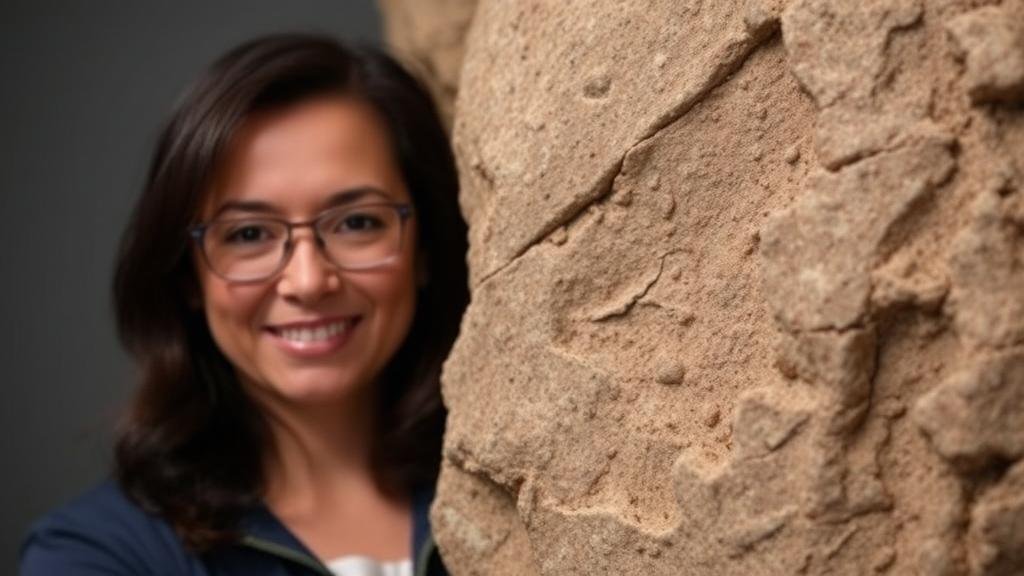The Rarest Fossilized Leaves: Discovering Plant Impressions in Rock
The Rarest Fossilized Leaves: Discovering Plant Impressions in Rock
Fossilized leaves are a fascinating aspect of paleobotany, offering a real glimpse into Earths prehistoric plant life. For rockhounds and mineral collectors, the pursuit of these rare specimens is both a hobby and a scientific endeavor. This article delves into the significance, types, and collection of fossilized leaves, as well as tips for enthusiasts seeking to enhance their collections.
The Significance of Fossilized Leaves
Fossilized leaves are vital to understanding the historical climate and ecosystems of our planet. By studying these plant impressions, scientists can infer the types of flora that thrived in various periods, ranging from the Carboniferous Epoch (approximately 359 to 299 million years ago) to the Paleogene Period (66 to 23 million years ago).
For example, research indicates that fossilized leaves from the Late Cretaceous period (approximately 100 to 66 million years ago) show distinct adaptations to changing climates, revealing a shift from lush, humid forests to drier, arid landscapes as greenhouse gases fluctuated. Understanding these adaptations helps researchers predict how current plants might respond to modern climate change.
Types of Fossilized Leaves
Fossilized leaves come in various types, each offering unique insights and attractiveness to collectors. The rarest types often come from specific geological contexts or contain exceptional detail. Below are some prominent types:
- Compression Fossils: This type involves organic material that has been pressed and hardened into sedimentary rock, retains intricate details of leaf venation.
- Cast Fossils: These form when sediment fills the impression of a leaf, creating a three-dimensional model of the leaf’s structure.
- Amber-Encased Specimens: Fossils preserved in amber provide not only leaf impressions but also the opportunity to analyze ancient microenvironments.
- Fossil Leaves from Unique Geological Formations: Such as the Green River Formation in Wyoming or Florissant Fossil Beds in Colorado, known for their well-preserved impressions.
Collecting Fossilized Leaves
Collecting fossilized leaves can be both thrilling and rewarding, but it requires knowledge and respect for geology and ecosystems. Here are actionable tips for aspiring collectors:
- Research Geological Areas: Familiarize yourself with locations known for fossil beds. Areas like the Western Interior Seaway yield a variety of plant fossils.
- Season and Weather Conditions: Choose to go when conditions are best for exposure; spring and fall are typically ideal for fossil hunting due to suitable temperatures.
- Collect Responsibly: Always seek permission to collect on private land and follow local regulations regarding fossil collection on public land.
- Use Proper Tools: Tools such as trowels, brushes, and even a small sledgehammer can assist in uncovering fossils without damaging them.
- Join a Community: Engage with local rockhounding clubs or online forums to share experiences and expand your knowledge.
Potential Questions and Concerns
Many collectors might wonder about the ethical implications of fossil collecting. It is essential to balance the joy of collecting with these considerations:
- Conservation: Fossils are irreplaceable windows into the past. Ensure that your collection efforts do not disrupt significant sites or ecosystems.
- Legal Aspects: Make sure to stay informed about laws governing fossil collection in your region. Regulations can vary significantly.
Conclusion and Takeaways
Fossilized leaves offer a captivating insight into our planets history and provide a stimulating challenge for rockhounds and collectors. As you embark on your collecting journey, remember to prioritize responsible practices and deepen your understanding of these remarkable specimens.
In summary, consider the following:
- Investigate reputable fossil sites, particularly those known for rare types.
- Stay informed about environmental laws and ethical collection practices.
- Share your findings and experiences with a community to foster larger discussions about paleobotany.
By adhering to these guidelines, you will not only enhance your collection but also contribute positively to the scientific community and the preservation of Earth’s geological heritage.



